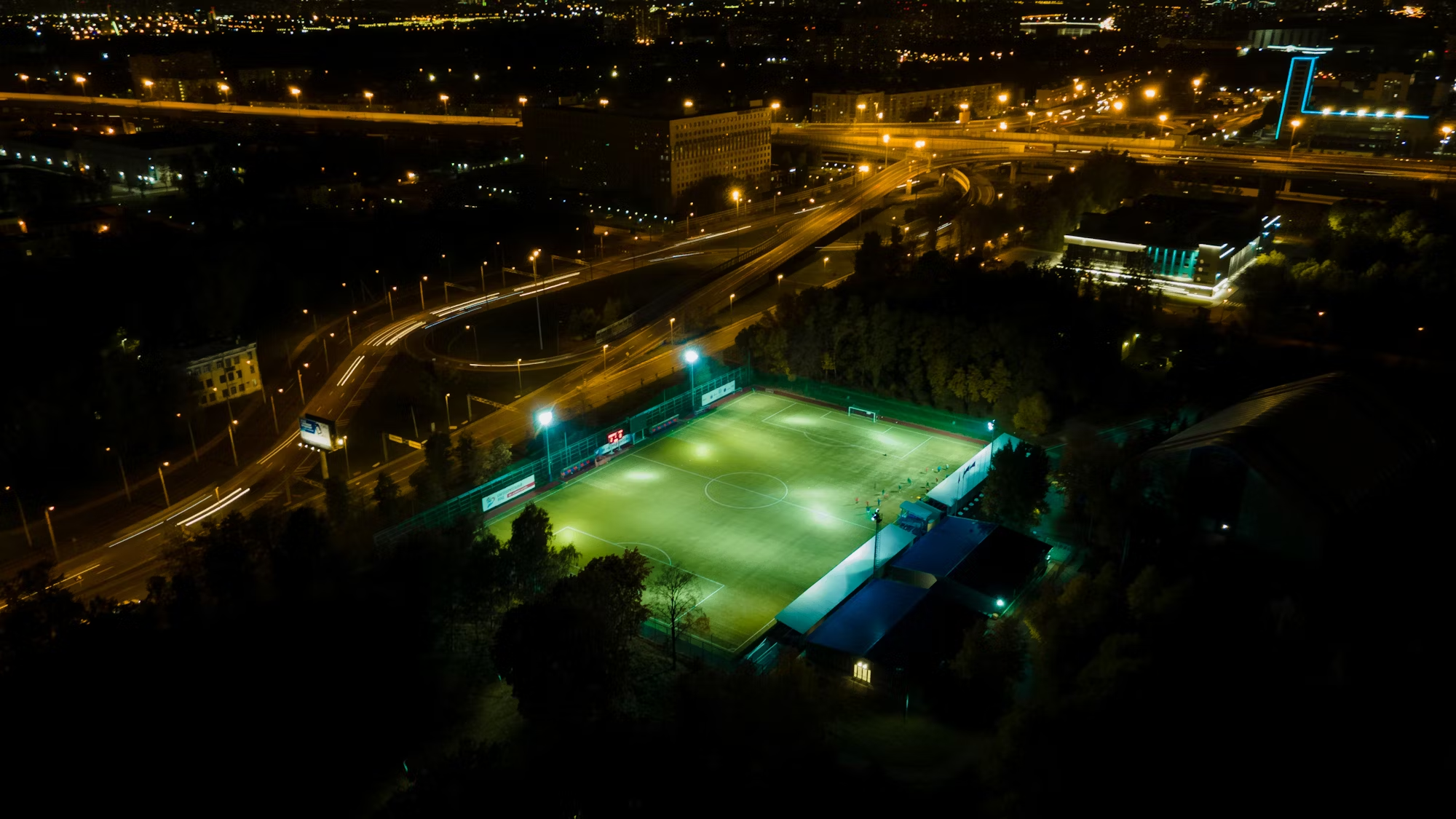As sports continue to evolve, so too do the venues that host them. Modern stadiums are no longer just places to watch games; they are becoming multifunctional spaces that emphasize innovation in design and technology, creating unparalleled experiences for fans. The future of stadiums is being shaped by a commitment to sustainability, advanced technology, and enhanced fan engagement. At the heart of this transformation is the need for stadiums to cater to diverse audiences and provide memorable experiences. One significant trend in stadium design is the shift toward environmentally friendly practices. Many new stadium projects are incorporating green building materials, renewable energy sources, and efficient waste management systems. For instance, the recently constructed Sofi Stadium in Los Angeles not only boasts a state-of-the-art design but also utilizes solar panels and sustainable water practices to minimize its environmental footprint. This commitment to sustainability is becoming a priority for sports franchises as they recognize their role in promoting eco-consciousness among fans and communities. In addition to sustainability, the architectural design of stadiums is evolving to create more engaging spaces. Modern stadiums often feature open-air designs that blend indoor and outdoor experiences, allowing fans to enjoy the game while basking in natural light and fresh air. Innovations like movable roofs and retractable seating are becoming commonplace, enabling venues to host a variety of events, from concerts to esports tournaments. This flexibility is essential in maximizing the use of the facility and ensuring it remains a vibrant part of the community year-round. A crucial aspect of the modern fan experience is technology integration. Today’s stadiums are equipped with high-speed Wi-Fi, ensuring that fans can stay connected while enjoying the game. Mobile apps play a vital role, offering fans the ability to purchase tickets, order food, and access real-time statistics. Enhanced video boards and augmented reality features provide immersive experiences, bringing fans closer to the action and enriching their overall enjoyment. For example, the Allegiant Stadium in Las Vegas incorporates an impressive 120-yard-long video board that enhances the viewing experience and allows for instant replays and highlights. Fan engagement is another key focus for stadiums of the future. Creating an electric atmosphere is essential for any successful sporting event. Interactive fan zones, where attendees can participate in games, meet players, and enjoy live entertainment, are becoming common features in new stadium designs. These spaces not only enhance the overall experience but also foster a sense of community among fans. The introduction of social media walls and interactive displays allows fans to share their experiences in real-time, amplifying the excitement both inside and outside the venue. Moreover, the incorporation of premium seating options is gaining traction. Luxury suites, club seats, and lounges provide fans with elevated experiences, complete with exclusive amenities and enhanced service. These offerings cater to a growing market of fans looking for more than just a seat at the game; they seek a complete experience that combines comfort, service, and exceptional views. As stadiums evolve, the economic impact on local communities remains significant. Modern stadiums are often catalysts for urban development, bringing new businesses, jobs, and tourism to the area. Cities are investing in infrastructure improvements surrounding stadiums, ensuring that fans can access venues easily and safely. This investment not only benefits the teams and fans but also strengthens the local economy, providing opportunities for growth and development. Safety and security are paramount in the design of modern stadiums. Comprehensive security measures, including advanced surveillance systems and crowd management protocols, are essential to ensure the safety of all attendees. Stadiums are increasingly investing in training staff and utilizing technology to monitor crowd dynamics and respond effectively to any potential issues. This focus on safety helps to build trust with fans, allowing them to enjoy the event with peace of mind. Looking ahead, the future of stadiums will likely see further innovations driven by fan preferences and technological advancements. The rise of virtual and augmented reality presents exciting possibilities for enhancing the in-stadium experience. Fans could participate in interactive games or enjoy virtual replays from different angles, making them feel more connected to the action. Additionally, as connectivity improves, the potential for personalized experiences grows. Imagine receiving tailored content based on your preferences, from specific player statistics to custom merchandise offers. In conclusion, the stadiums of tomorrow are being shaped by a combination of sustainable practices, innovative design, and advanced technology. As they evolve into multifunctional spaces, the emphasis on creating engaging and memorable experiences for fans will remain at the forefront. The commitment to community, safety, and economic impact will continue to define how these venues operate and connect with their audiences. With the ongoing advancements in architecture and technology, the future of sports stadiums promises to be an exciting chapter in the evolution of sports culture.
